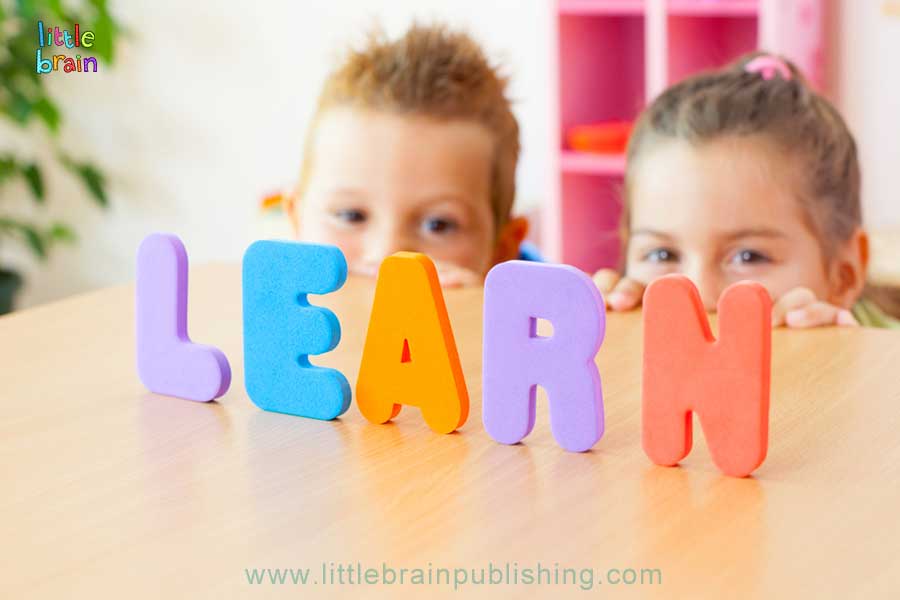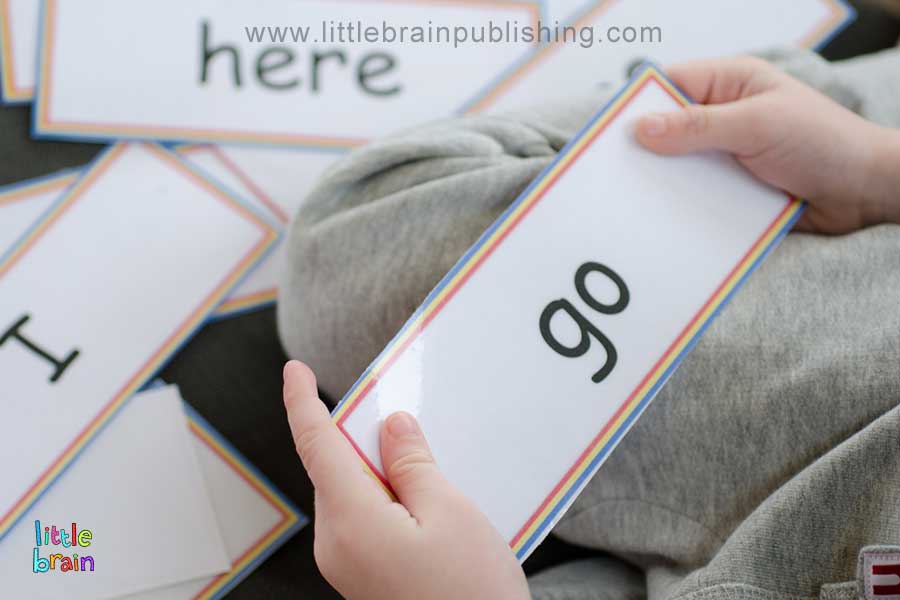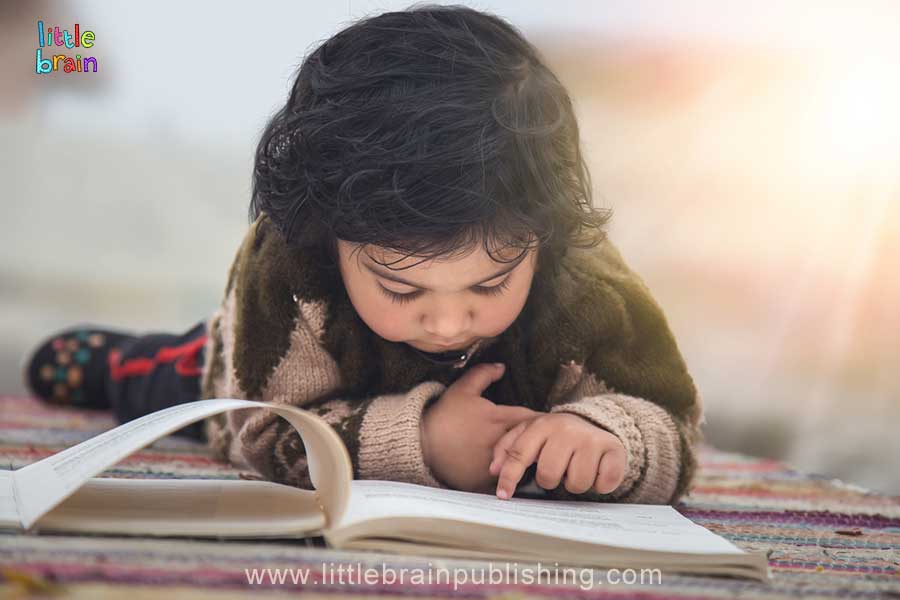Did you know that a child who reads at the level of a student in third grade has an average vocabulary of around 1800 words? The same child may have only about 40-50 sight words in his or her repertoire.
The essential difference is that when children learn to read, they are introduced to new words gradually as they progress through their learning.
Other factors play into this too – how often children read (once per day is best), what types of words and stories they’re reading, and the depth of their understanding, for example – but without mastery of sight words, it’s difficult for kids really to make progress beyond early elementary grades.
What Are Sight Words?
In elementary school, children are introduced to the “sight words” – words like “the,” “a,” “of,” and so on. These are short, simple words with a typical spelling pattern and are easily recognized by learners of all ages.
The list of Sight Words is high-school level for most students. In fact, it is often much higher than they can maintain.
Sight Words are common words that a child is expected to remember. These are essential commonly used words to encourage memory and recognition skills. The child is expected to recognize these words just by seeing them without using any decoding skills—for example, the, of, and, a, an, some, once, etc.

Sight Words are crucial to learning for every child because it helps him read fluently and helps them write with ease. Once a child masters sight words, he will be able to understand half of the text. It eliminates the need to stop and recognize familiar words. Sight words can also be termed as the glue of the sentence.
There are two types of sight words:
- Frequently used
- Non-phonetic words.
Memorizing frequently used words makes reading easier and smoother. Just knowing these words, a child can read 70 to 80 % of children’s storybooks.
Meanwhile, non-phonetic words are words that cannot decode phonetically. They have odd spellings and pronunciations. Studying such words helps a child recognize/differentiate between two similar-looking words. (Example: buy and guy, come and some, etc.).
What Is The Purpose Of Sight Words?
The English language has grown over a million words. There’s s a heated controversy for a decade whether teaching a child to read from sound (phonetic decoding) or sight (visual decoding, look-see-say). Which strategy is the best? Rudolph Flesch’s book “Why Johnny can’t read.” partially settles this controversy.
The thesis concluded that Johnny couldn’t read because he didn’t know phonics. Phonics is an essential part of reading. So, what is the purpose of sight words? Well, about 20-30 % of English words aren’t phonetically regular. These irregular phonetic words are partially decodable using phonics skills.
And, a small percentage of irregular words are entirely not decodable using phonics. These words are non-phonetic words. The majority of sight words don’t follow phonics patterns (relation between letters and their sounds).
Sight words can make reading fluent and quick for your child. Beginning schooling with a strong reading foundation builds your child’s confidence.
If your child has learner sight words, imagine how easy it would be for him to read books and poems.

In the early stages of school, children tend to learn storybooks, poems, and basic picture books. These books have plenty/majority of sight words. Better learning of sight words also helps your child to understand texts easily.
A child needs a conjunction of phonetic and sight words. Suppose a child views a word for the first time; he will try to encounter/tackle it using phonics. When he gets familiar with that word, he will understand it just by sight. Similarly, the more words they see, the less likely they use phonics.
5 Importance of Sight Words in Learning to Read:
- Promotes Reading Comprehension:
Reading/Learning Sight word promotes reading comprehension. Sight Words are words that a child recognizes just by seeing them without any extra strategy to decode.
There are around 220 sight words that makeup approximately 75% (commonly used words) of the books we read. Few percentages of words cannot be decoded using phonics or any other strategy. So, it’s beneficial to memorize such words.
Children often learn these words through repetition. And, as an adaptive species, we tend to do the work fluently through practice or if we have done it in the past. Similarly, a child who has mastered sight words can read Comprehension paragraphs effortlessly.
- Boosts Confidence:
What is Confidence? It is simply a self-belief in a person that motivates him to do a greater degree. You can’t embed it; it’s pure developed instinct. And, confidence grows when a person succeeds in a task and people appreciate it.
In the early stages of school, the majority of the words are sight words. If a child learns those words, his vocabulary and fluency in reading are pretty enhanced. Suppose a child opens a book and tries to read the content. He might get overwhelmed with lots of words.
However, if he is familiar with 50% of the words, he won’t get overwhelmed. Secondly, his fluency makes him assured and removes doubts. This self-faith is immensely important for a growing child because it can affect their self-esteem.
- Assists in Decoding Pattern:
When a child knows 50% of the words in a book, he can focus on words he isn’t aware of. Meanwhile, this makes him develop word pattern Decoding.
Suppose he hasn’t studied sight words; he might have easily frustrated because he needs to decode every word. And non-phonetic words would have made things worst. Studying sight words let your child shift his focus on individual words rather than the whole sentence.
The majority of the words follow phonetic rules. However, few words are phonetic irregular (who don’t follow such practices). Such terms cause significant problems while reading.
Words like two, to, and too sound the same but have different spelling. If a child hasn’t studied sight words, he might get confused about these words. Sight words assist a child in decoding such words.
- Learning Sight Words Teaches You Service Words:
Service Words like pronouns, articles, prepositions, everyday verbs, and conjunction. Sight words consist of such service words. And, these words are essential for understanding the meaning of a sentence. Suppose which and that are used in two similar-looking sentences.
Example 1: My bag that has a broken chain is in the repairing shop.
Example 2: My bag, which has a broken chain, is in the repairing shop.
Here, in example (1), the use of that implies a possibility that I have at least one bag or more. The second example doesn’t mean such information.
Being familiar with service words and their implementation can make a difference.
- It Makes You a Better Reader:
Yes, Sight Words do make you a good reader. It can also increase your child’s interest in reading. And, the more he reads, the better he gets. Meanwhile, fluent reading is a vital requirement for reading comprehension.
The Effects Of Sight Word Instruction On Students Reading Abilities
The effect is positive as the student progresses. Once a student starts learning sight words, his reading fluency increases, which results in confidence build-up. And, as the student gets familiar with more terms, the frustration is reduced.

The student doesn’t need to decode every word and decodes words his not familiar with. It reduces frustration, sharpens pronunciation accuracy, and enhances reading abilities.
Importance of Sight Words to Parents:
Parents are their child’s first teacher. Your child is learning everything in a small group of essential skills. You can help him learn sight words.
A child learns in a warm and secure environment. Parents have a secure attachment with their children, which helps develop social skills.
Home is a great formal schoolroom to get results. Parent’s and teacher’s coordination can help a child learn with ease. Both are equal contributors.
Conclusion:
Sight Words are a must to learn a thing. Learning sight words with phonetic words is essential. Start slowly as a beginner; no need to overwhelm the child.
As the child gets familiar with more and more words, he will enjoy this drill. There are chances that sight words might trick or frustrate your child initially because words don’t follow phonetic rules.
Such words can mess with your child’s basic knowledge. But, parents and teachers should try to eliminate problems and establish a strong foundation.
Kids need to memorize Phonetic irregular words. There’s no need to try to decode them with phonics. Try to establish a clear concept.
